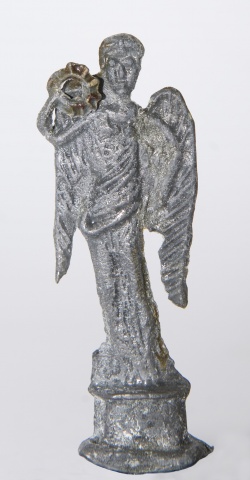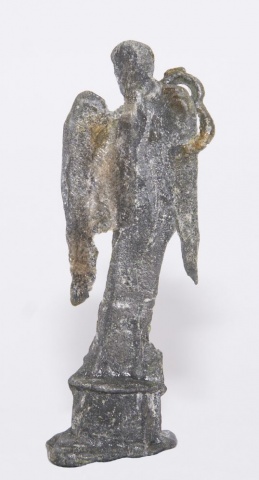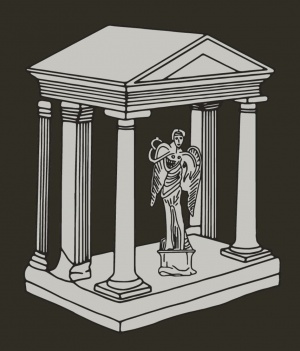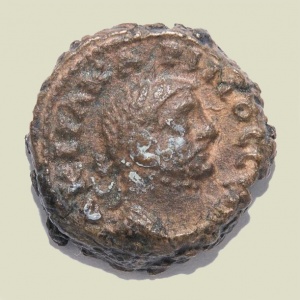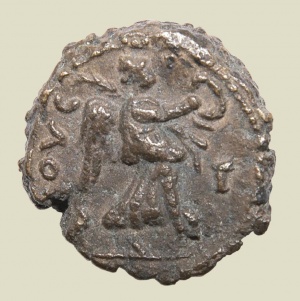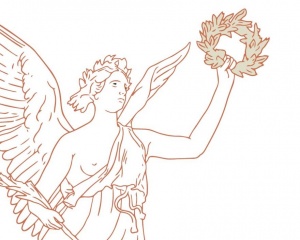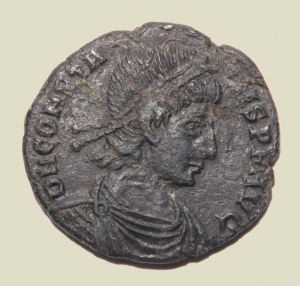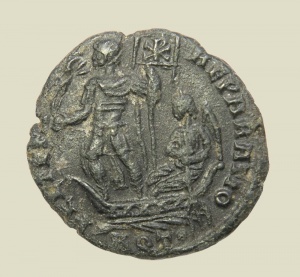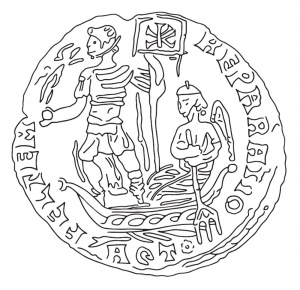Victoria / Nike - It's the Winning That Counts!
The Maritime Museum of Piran holds, like several other Slovenian museums, a few items with surviving depictions of the Roman goddess of victory Victoria or the Greek goddess Nike.
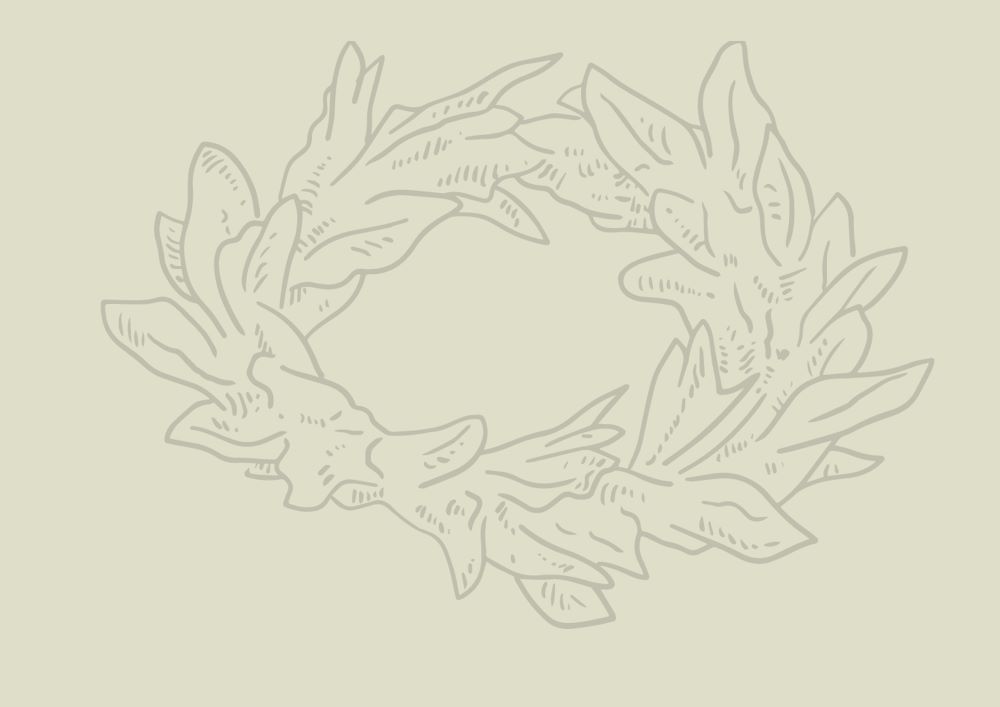
Is there anyone who hasn't heard of Victoria or Nike? The Greek goddess Nike was the daughter of Pallas and the nymph Styx, later known as the underground river encircling the kingdom of Hades. In gratitude for her help in fighting the giants, Zeus gave Nike's mother Styx the honour of being invoked by the gods. Initially, Nike was depicted as a figurine, an attribute of Athena and Zeus, but was also a mediator between gods and mortals and a herald of victory.

Victoria is the same as the Greek Nike depicted on many coins, gems, monuments and other works of art. Both goddesses are predominantly presented with wings symbolizing speed and victory, with a laurel wreath or palm leaf. One of the most prominent ancient statues in the world is no doubt Nike of Samothrace, housed in the Louvre museum.

Interpretive Drawing of the flying Nike.
Author: Gorazd Koščak
Although several people will instantly claim that Victoria is the Roman goddess of victory and that she is closely related to Roman culture and empire, her mythological story remains unknown. Only few records about her have survived in Roman literature, in most cases referring to her strong symbolic message. Research into the origin of the worship of the goddess Victoria indicates the possibility that the cult of Victoria developed in Latium in the second half of the fourth century BC, which would suggest that it had existed before the Hellenistic period, i.e. before the Romans were strongly influenced by Greek culture and Hellenism. Victoria was particularly popular with Roman soldiers, who used to turn to her for protection and success in wars. And even these days, the symbol of the laurel wreath can be seen on military uniforms and elsewhere.
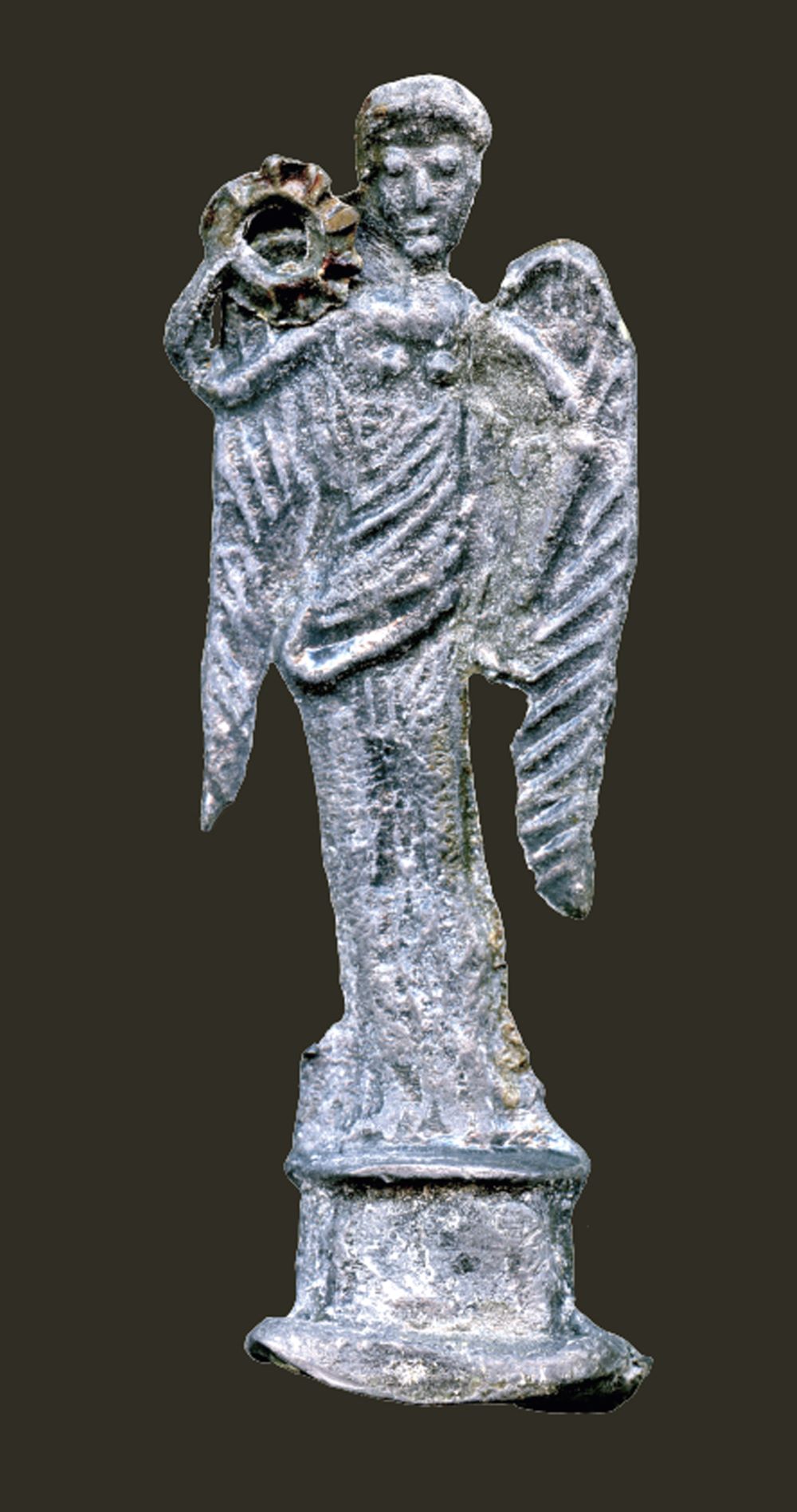
A lead statuette of the goddess Victoria, probably part of the house altar of the lararium.
Photo: Sara Glavina
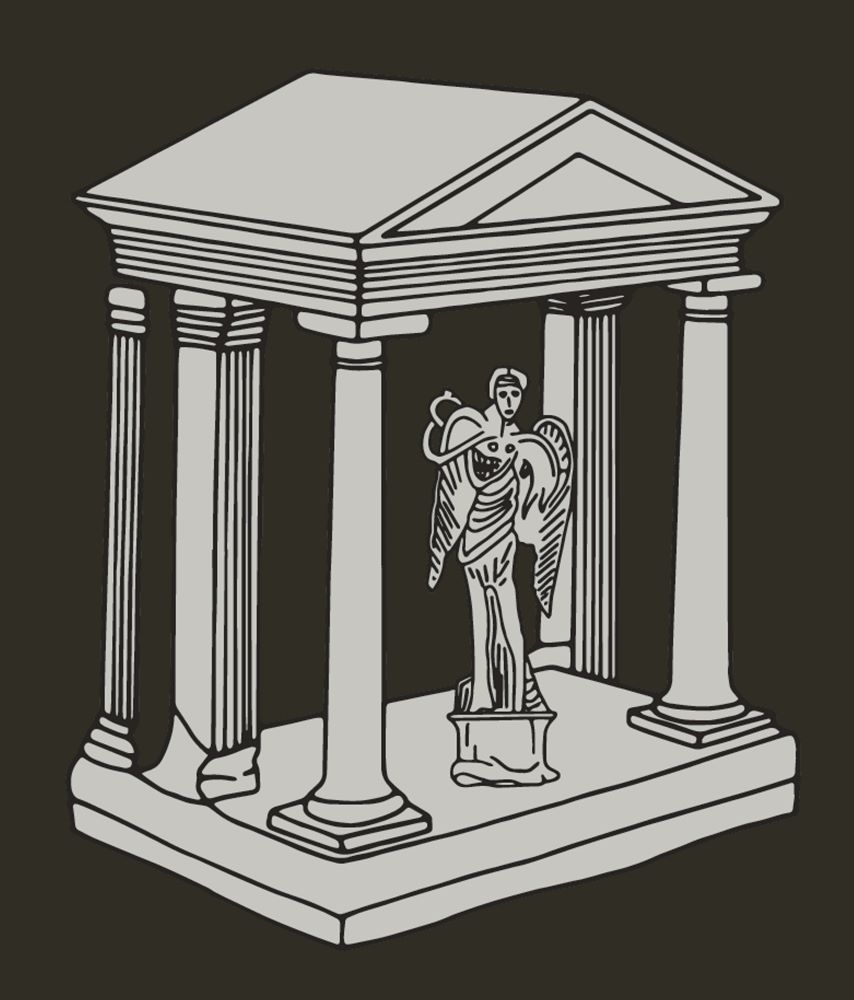
Interpretation drawing of Viktoria.
Author: Vasko Vidmar
A lead statuette of the goddess Victoria, probably part of the house altar of the lararium, was discovered in the 1980s during the excavations carried out by the Piran Interregional Institute for the Protection of Natural and Cultural Heritage (today ZVKDS) in the Simon Bay archaeological site near Izola. Dated to the 1st-2nd century Victoria is holding a laurel wreath in her raised right hand. On her shoulders, dropped wings are depicted. She is dressed in a long chiton reaching to the floor. The upper part of the garment manifests the breasts and oblique folds. The head of the goddess is designed unambiguously, including the hairstyle as well as eyes, nose and mouth in relief. The back of the statuette is flat, without any details, with only the contours of the body fairly emphasized.
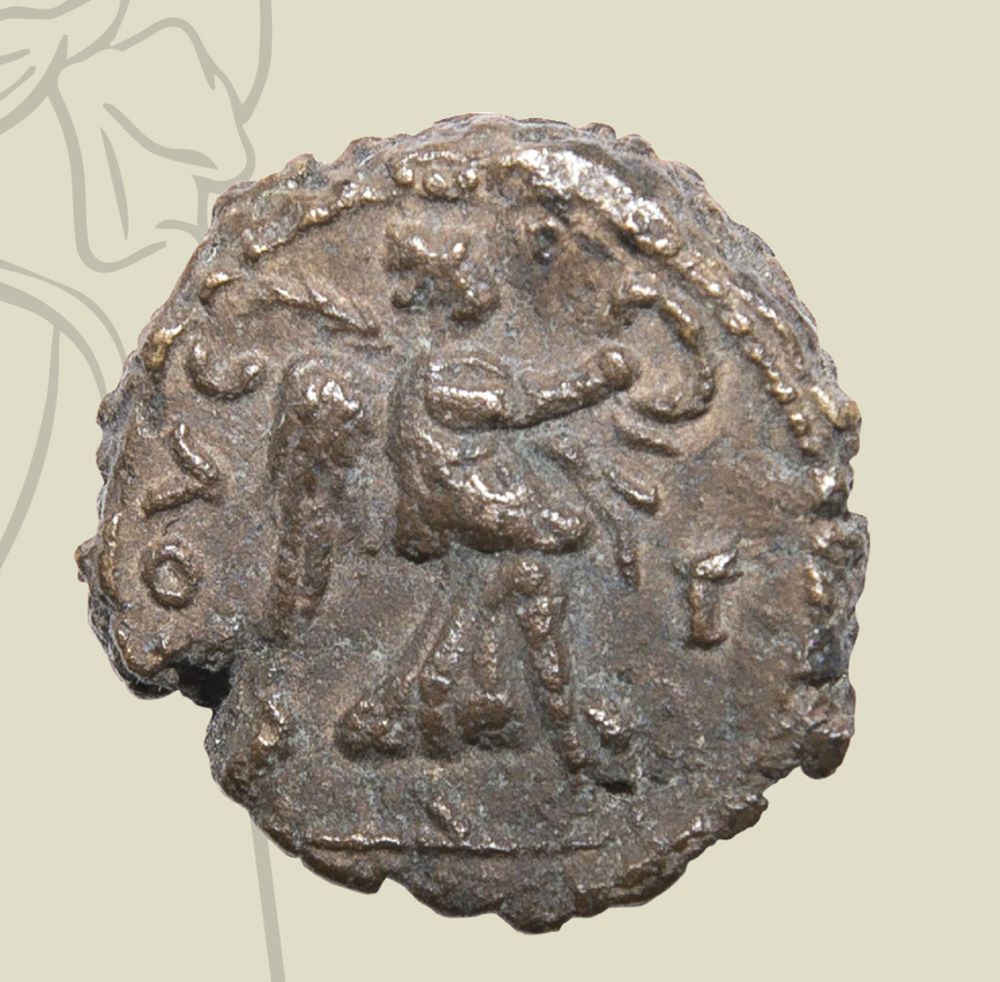
The Alexandrian coin, tetradrachm of Marcus Aurelius Carinus.
Photo: Sara Glavina
An extremely rare and precious find, the Alexandrian coin, tetradrachm of Marcus Aurelius Carinus, minted in Alexandria, Egypt, in 284-285, was found randomly already in the 1950s during the regulation of the Dragonja River. The obverse of the coin depicts bust of the crowned ruler Carinus in pleated robes facing right, with the almost illegible inscription on the edge: On the reverse of the coin, standing Nike is depicted facing right, holding a palm branch and a wreath. The preserved Greek letters OVC (from ETOVC, meaning: in the year) and the letter or Greek number Γ (3).

A bronze coin of Constantius II from the 4th century.
Photo: Sara Glavina
A bronze coin of Constantius II from the 4th century was accidentally found by a student of the Piran Secondary School in the vicinity of Korte on his way to Kaštelir. A bronze coin of Constantius II (337- 361 AD), minted at Aquileia between 348 and 350, depicts on the obverse a bust of the emperor in armour and mantle with a diadem to the right, and the inscription. The reverse depicts the emperor, standing on the prow of the galley, holding a banner with a Christo gram in his left hand, and a globe in his right hand, most likely with a phoenix on it, and the winged Victoria sitting at the stern holding an oar or pitchfork. Below is the mint mark, while the rim carries the inscription FEL TEMP REPARATIO.
Snježana Karinja
Pomorski muzej – Museo del mare« »Sergej Mašera« Piran - Pirano
Image Gallery and Catalogue of Museum Objects
